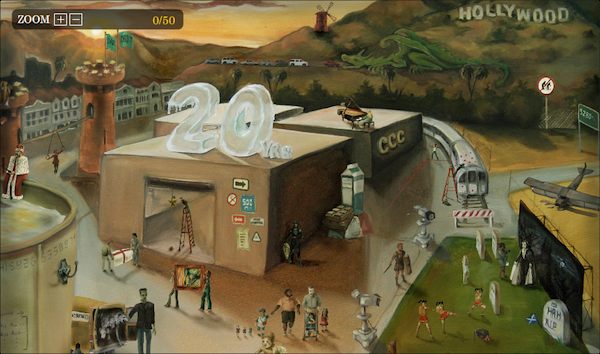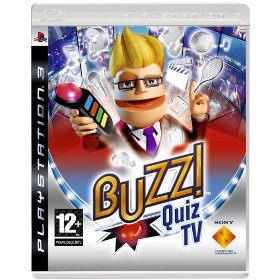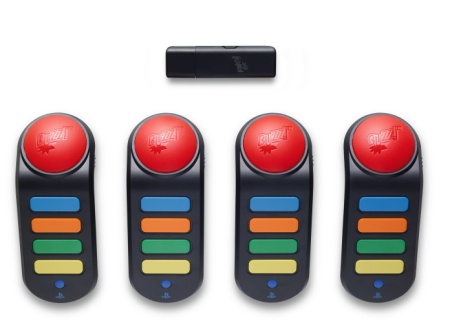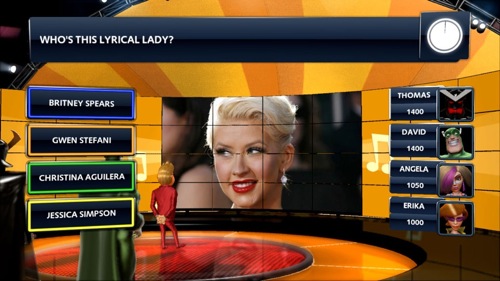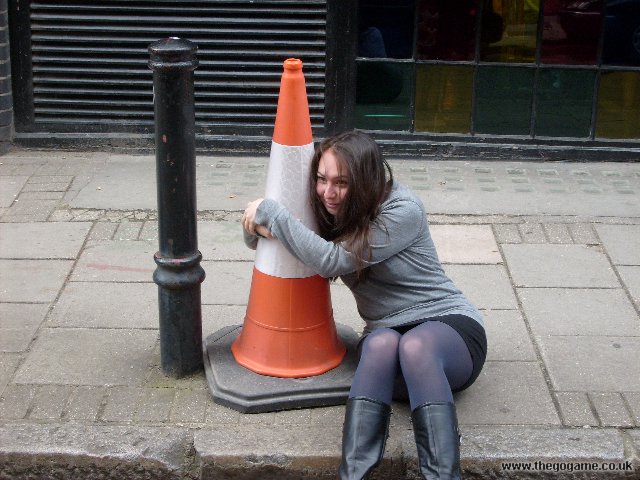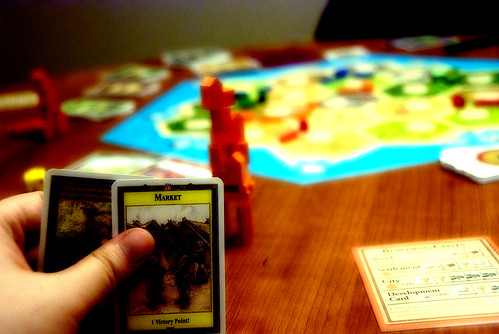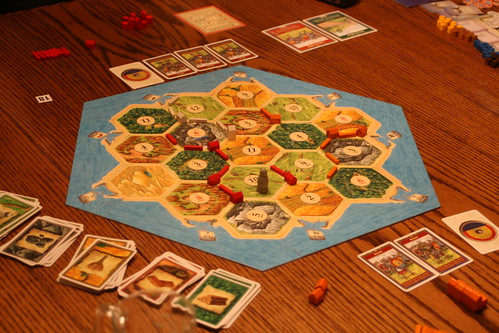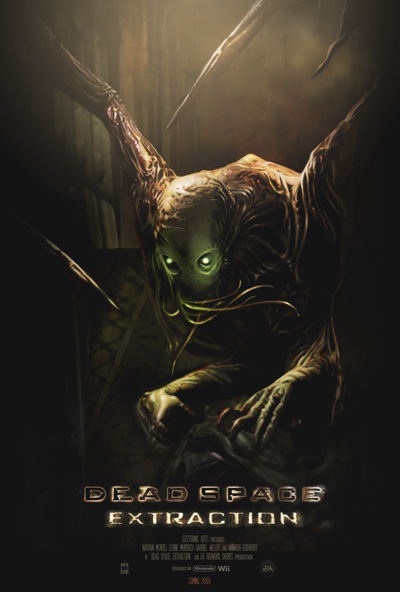I’m on “holiday” (it’s not really a holiday when you’ve got appointments with dentist, doctor, optician, etc and a whole load of other stuff to sort out) to the Netherlands this week, so I thought I’d re-blog a couple of my older blog posts. This post was originally from November 2007. Check out the comments though on the original post; they’re definitely part of the story too.
One of the traditions at BarCamp is to play Werewolf during the overnight. Although there wasn’t any overnight with this Berlin BarCamp (and we were kicked out at 12), we get the chance to play Werewolf. Now this is not going to be a post on how to play it, so if you’re not familiar with it, check out the rules here or here (or just skip this post entirely). What is this post about? The weirdest probability-wise most unlikely game of Werewolf I ever played.
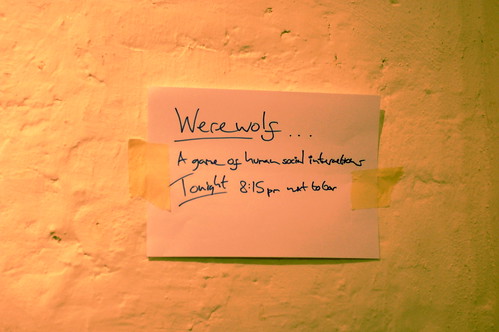
Okay, some facts before I start: there were 13 people with 3 Werewolves, 1 Seer and 1 Healer. We played with 4, maybe 5 experts and the rest were all newbies, which may be reason it went so weird. I was a Villager, so I’ll be describing everything first from my viewpoint.
Night1
randomperson13 dies
Day1
The seer declares himself during the introduction “I’m not A Werewolf” round and says he has important information. Turns out the “important” information is that MrA (who is sitting next to him) is a Villager. Worst newbie mistake ever! There’s a whole discussion that maybe the “Seer” is a Werewolf and he’s just pretending to be the Seer, but probabilistically that’s very, very unlikely. In the end, we lynch randomperson12, who was asking too many questions.
Night2
MrA (person11) dies. Logical right? The Seer told us MrA’s a Villager, so the Werewolves take him out, leaving less information for the rest of the group.
Day2
The Seer identifies MrB as a Werewolf. After some discussion, we lynch MrB (person10).
Night3
The Seer dies (person9). Hmm, interesting. This meant that or a) the Healer didn’t believe him or b) the Healer was dead.
Day3
The Healer reveals himself, saying he didn’t believe the Seer, so kept healing healing himself. I realise that he could just as well be a Werewolf, cause either way he’s not going to die next round. After some discussion I do believe he’s the Healer and we lynch the guy (person8) who to quickly wanted to kill the Healer.
Night4
Nobody dies! The Villagers win! With 7 Villagers over!
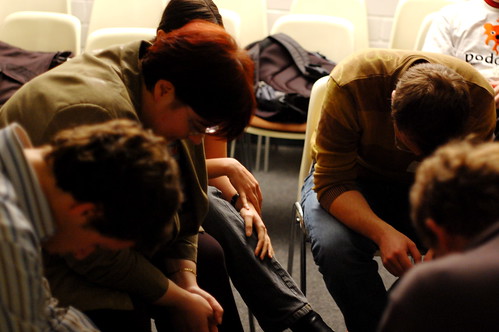
Now look back at the structure of the game: 3 Nights and 3 Days. You’d think the Villagers lynched one werewolf during every day round, right? Wrong. Here’s what really happened:
Night1
randomperson13 dies. The Seer picks MrA next to him: MrA IS a Werewolf, but the Seer misinterprets it and thinks he’s a Villager.
Day1
The Seer declares himself and says he has important information. The “important” information is that MrA is a Villager, while he IS in fact a Werewolf. What’s the chance of first finding a Werewolf, reading it wrong and then give it out as important information?! We lynch randomperson12, who was in fact a Villager.
Night2
MrA (person11) dies. Wait a minute…that was a Werewolf, right? He dies, because the Game master misinterprets the finger pointing. They were actually pointing at the Seer!
Day2
The Seer identifies MrB as a Werewolf. After some discussion, we lynch MrB (person10), who really IS a Werewolf.
Night3
The Seer dies (person9), because the Healer didn’t believe him.
Day3
The Healer reveals himself and we lynch the guy (who IS a werewolf) who to quickly wanted to kill the Healer.
Night4
Nobody dies! The Villagers win! With 7 Villagers over!
Phew! Bit of a different perspective, right? There were 2 mistakes that caused this strange (the misinterpreting of the Werewolf signal by the Seer and the misinterpreting of the finger pointing by the game master), but somehow the second mistake did cause to correct the first mistake. I love probabilities and the chance of this happening is mind-boggling small. Freakishly small! Anyhow, it just seemed like a very surreal game to me and I’m still amazed at it all.
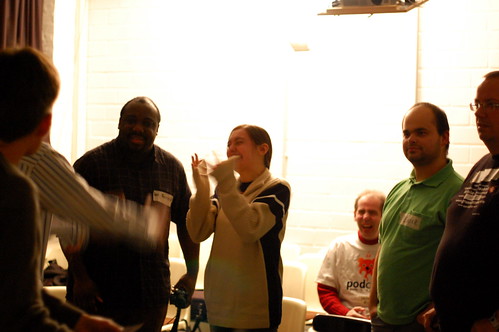
So who’s in for more Werewolf this week?

